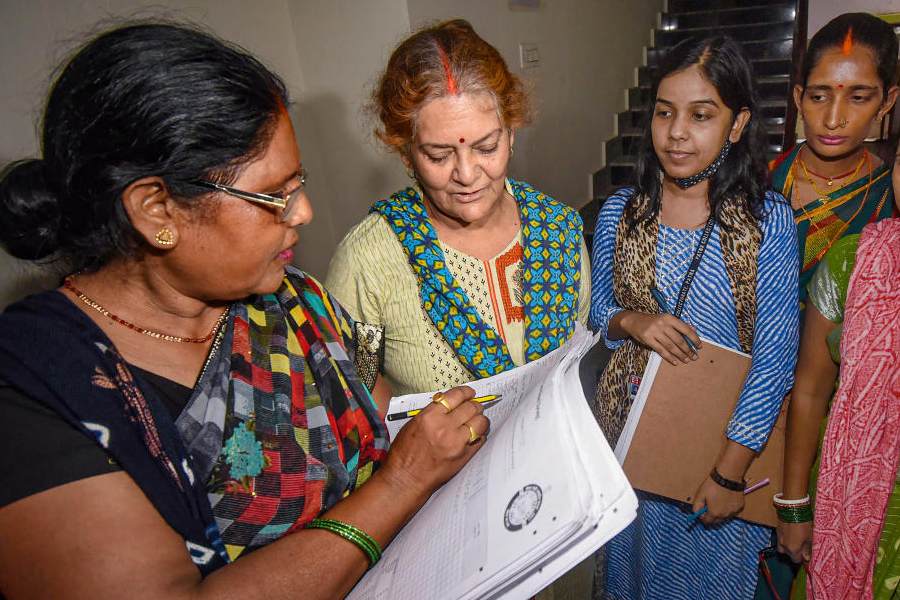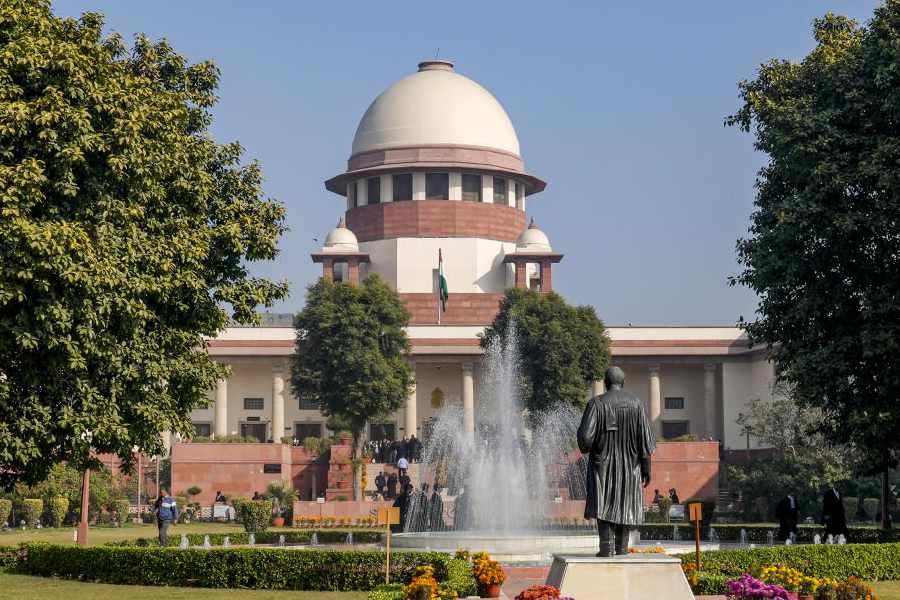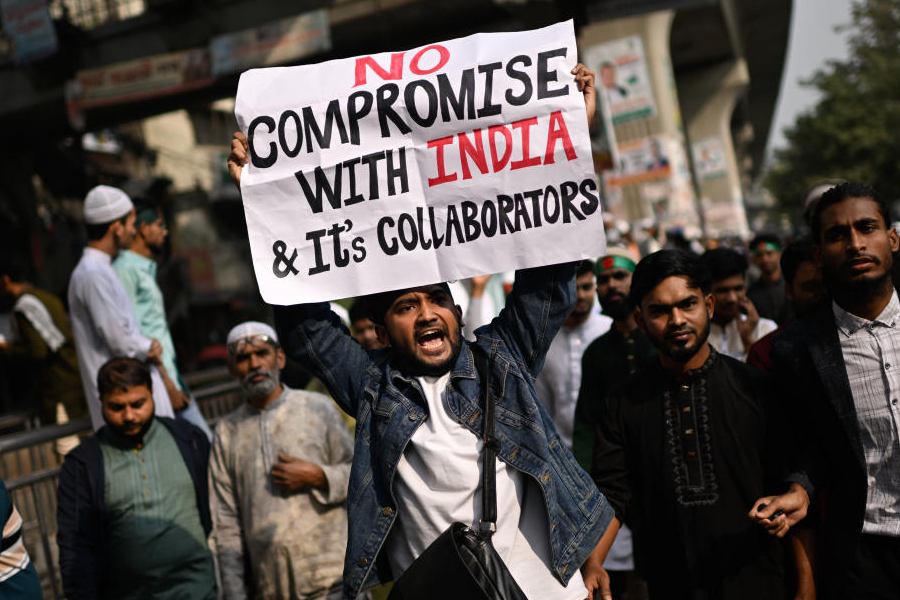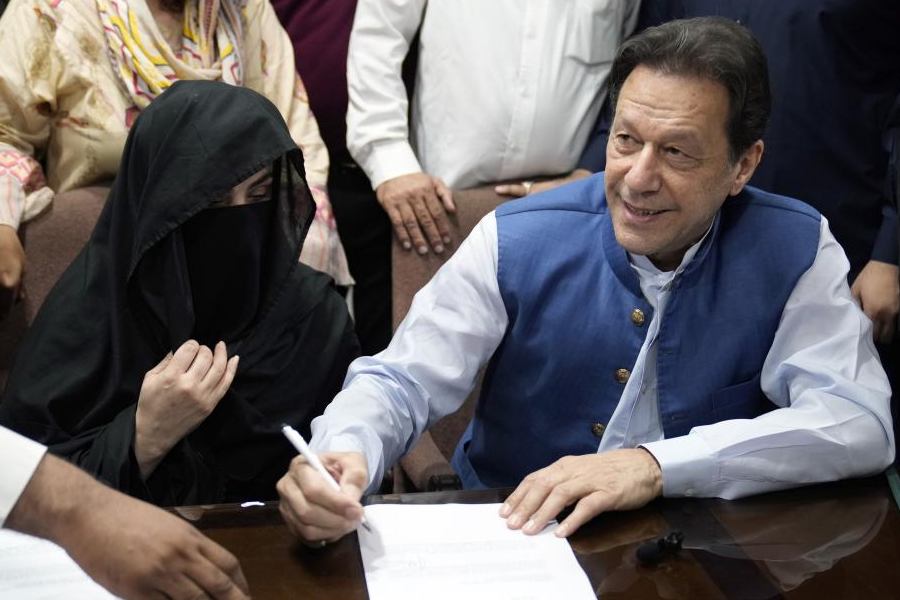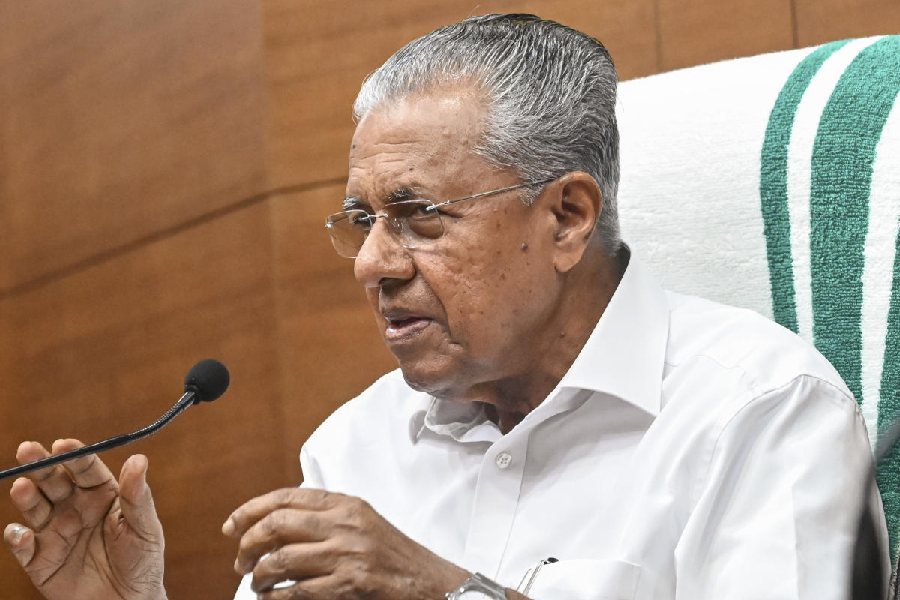India has set the wheels in motion for its first Census in over 15 years, with October 1, 2026, marked as the reference date for snow-bound regions regions such as Ladakh, Jammu & Kashmir, Himachal Pradesh, and Uttarakhand and March 1, 2027, for the rest of the country.
But beyond the dates lies one of the world’s most complex data-gathering exercises — a mammoth headcount that underpins everything from welfare schemes and infrastructure planning to seat reservations and delimitation.
As preparations begin to enumerate over 1.4 billion citizens, the question arises: how exactly is a country of this scale counted, person by person, village by village?
Step 1: Freezing boundaries
Before anything begins, states are asked to freeze their administrative boundaries — districts, towns, villages — to maintain uniformity across data collection. This ensures that the population count reflects a consistent geography.
Step 2: Training workforce
The work on the ground is carried out by a workforce of about 30 lakh enumerators, most of them school teachers. They are trained by 46,000 trainers and supervised by around 1.2 lakh functionaries at the district and sub-district levels. The training includes both classroom and field modules, along with instruction on how to use the digital Census app.
Step 3: Two-phase execution
The Census unfolds in two main phases:
Phase 1: House listing and housing census
Timeline: Between March and September 2026
The enumerators visit every building — residential or commercial — and collect data on head of the household, number of members, building use, construction material, number of rooms and whether it is owned or rented.
Some other information that will be collected are; sources of water and electricity, type of toilet and cooking fuel, ownership of assets such as television, mobile phone, vehicle.
This will build a profile of housing conditions and access to amenities.
Phase 2: Population enumeration
Timeline: Around March 2027
This phase will capture individual-level data, including:
Name, age, sex, date of birth
Relationship to head of household
Marital status
Educational qualification
Occupation
Religion, caste or tribe
Disability status
Place of birth and migration details
Everyone is counted, including those without homes.
Enumerators conduct face-to-face interviews and enter responses into a mobile app. The process typically takes 20-21 days. Provisional figures are published soon after; detailed reports follow in phases.
Step 4: Going digital
For the first time, the Census will be conducted fully digitally.
A dedicated mobile app will be used instead of paper forms. The app allows:
Data entry in 15 regional languages
Offline entry for weak network areas
GPS tagging of households
Built-in error detection
Enumerators will select answers from pre-coded options. This reduces inconsistencies and speeds up data processing.
Households can also choose self-enumeration. Through a web portal, families can enter their own data, generate a unique code, and share it with the visiting enumerator for verification.
Step 5: Securing data
Once collected, the data is stored and processed at three data centres and 18 processing hubs. These facilities are secured with firewalls, intrusion detection systems, and continuous surveillance by dedicated teams.
What’s new this time?
First caste enumeration since 1931: All individuals will be asked to state their caste — not just SCs/STs.
No paper forms: Entirely digital, from collection to processing.
Self-enumeration option: Households can fill in details online.
Real-time tracking: Supervisors will monitor progress through dashboards.
Why it matters
The Census informs the drawing of constituencies, allocation of funds, and reservation of seats. Articles 82, 330, and 332 of the Constitution depend on up-to-date population data.
It will reflect trends in migration, employment, education, and access to resources.
“The Census has also become a national mirror, reflecting changing patterns of identity, occupation, living conditions, and family structure,” said a government release.
The 2027 Census won’t be done with pen and paper — it will be done with smartphones, codes, and dashboards. But at its heart, it remains what it always was: a count of every person, building, and identity in the country.

